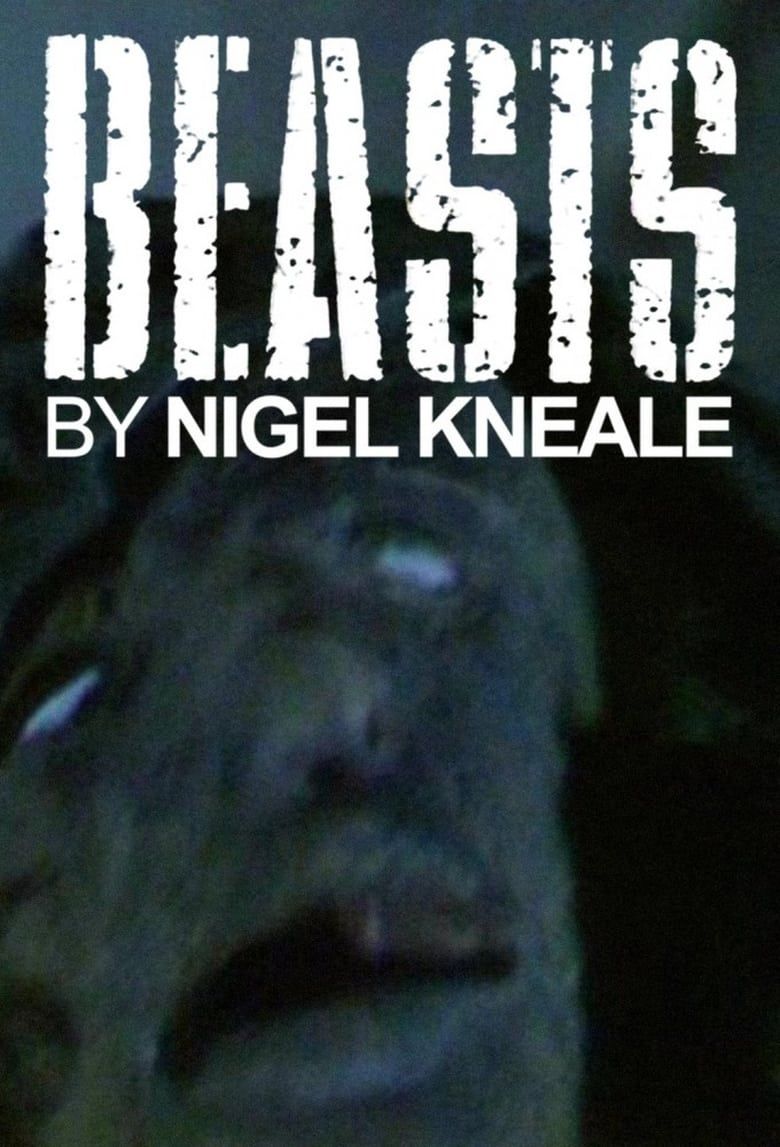Fans of ‘The Twilight Zone’ Need To See This Similarly Haunting, Forgotten British Monster Horror
For fans of The Twilight Zone, the horror anthology format is sacred. It’s where the uncanny meets the existential, where fear is often less about the monster in the shadows and more about what it reveals in us. If that resonates as true for you, then Nigel Kneale’s Beasts — a tragically overlooked British series from 1976 — might just be the next series for you to devour. Conceived by the writer behind Quatermass, Beasts is a six-standalone-episode deep dive into psychological horror, cloaked in the trappings of a creature feature but far more unsettling in its deeper meaning. It’s not content to loudly scare its audience with special effects or twist endings; instead, it whispers, hoping you’re listening close enough to pick up on the true horrors its episodes are providing. In doing so, Beasts delivers something far more disturbing than jump scares: a confrontation with the primal, animal instincts buried beneath modern life and inside of humanity waiting to claw to the surface.
The Monster Isn’t What You Think
At first glance, Beasts appears to be a series about literal monsters — mysterious animals, ghostly predators, and possessed costumes — but this is a clever misdirection. The brilliance of Kneale’s writing lies in how he uses the suggestion of “beasts” to examine something much more insidious under the microscope of six tales: the hidden impulses, repressions, and breakdowns that define human nature. Each episode takes a relatively simple horror setup — a haunted pet shop, a man in a monster suit, an unseen infestation — and turns it into a slow descent into psychological instability. The creatures are almost always unseen or ambiguous, and the terror comes not from their appearance, but from the way characters unravel in response to them.
Related
If horror anthologies are your thing but you want something darker than the norm, this is a must-watch.
While The Twilight Zone often packaged its moral tales in clear allegories and sci-fi settings, Beasts is more grounded, more intimate, and more confrontational. Where Rod Serling offered viewers a place to explore injustice, conformity, and identity through a surreal lens, Kneale grabs his audiences and yanks them into a claustrophobic reality — no time travel, no alien worlds, just small rooms and madness. But the DNA of the two is similar: both series use genre to explore what it means to be human, with the key difference being tone. The Twilight Zone is an invitation to wonder and reflection, even when the stories end bleakly. Beasts, however, offers no such comfort. Its episodes leave audiences suspended in ambiguity, left to ask whether the horror was real or imagined — and which answer is worse. That ambiguity is central to the series’ power. For example, in one of the episodes, “The Dummy”, a washed-up actor in a monster suit begins to believe the creature is taking over his mind. The lines between role and reality blur until neither the audience nor the character can tell where one ends and the other begins. Is he possessed? Is he having a breakdown? Kneale doesn’t offer an explicit answer, and he doesn’t need to: horror is created in that not-knowing.
What makes Beasts resonate decades later is its unflinching look at how easily the mask of civility slips. Kneale is less interested in external threats than in the beast within — how fear, shame, and guilt can distort perception and twist our sense of self. The domestic spaces of the series are not places of safety but of simmering anxiety. The episode “Buddyboy” is a perfect example. Seemingly about a haunted dolphin aquarium, the episode quickly becomes a meditation on exploitation, loss, and buried trauma. The supposed ghost of a dolphin may or may not exist, but the human cruelty that created it is undeniable. The real monsters are those who ignore their own capacity for destruction. This tension between the metaphorical and the literal runs through every episode. Beasts walks a sharp edge between creature horror and psychological realism, using suggestion and atmosphere to create unease rather than overt scares. The result is a form of horror that lingers — more in your thoughts than your nightmares.
A Forgotten Masterclass on the Beast Within
It’s tempting to call Beasts ahead of its time, but that undersells it. The series doesn’t rely on future trends or visual trickery; it’s anchored in character, theme, and mood — a combination of which holds up to the test of time. It succeeds because it trusts its audience to sit with discomfort, to wrestle with ambiguity, to feel fear in the absence of spectacle and monsters. Today, as modern horror leans more into moral complexity and psychological nuance, Beasts’ themes feel more current than ever. Its influence can be traced in projects such as the slow-burn tension of The Babadook, the ambiguity of The Witch, and the thematic layering of Black Mirror. But Beasts did it decades ago — and with a fraction of the fanfare.
Kneale understood something that few horror creators do: that fear doesn’t need a name or a face to be effective, it just needs time to grow in the quiet spaces — behind closed doors, under the skin. Ultimately, Beasts is not about monsters — it’s about us. About the selves we hide day-to-day, the instincts we repress, and the consequences of cracks in that armor of repression. Beasts is about how quickly the civilized world can feel strange and unsafe — and how easily we can become the thing we fear. For The Twilight Zone fans who crave more than clever twists, Beasts offers something rawer, stranger, and more haunting. It’s not a series that winks at the audience or ties up its horror in neat bows; it’s a series that stares quietly from the dark and waits for you to see what’s already there.

Beasts
- Release Date
-
1976 – 1975
- Network
-
ITV1
- Directors
-
Don Taylor, Don Leaver, Donald McWhinnie, John Nelson-Burton
- Writers
-
Nigel Kneale
Cast
-

Anthony Bate
Roger Truscott
-

-

-


